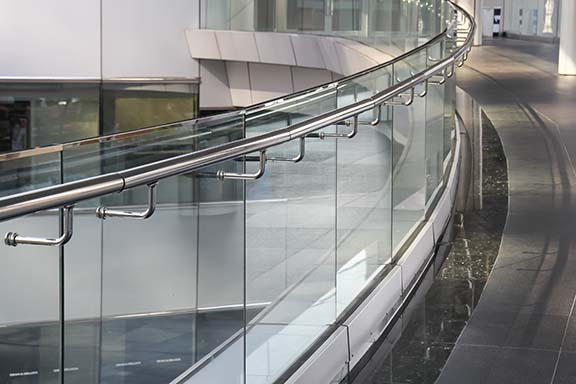How to Protect Yourself
- Have your customer sign a waiver saying you are not responsible for scratches caused during cleaning. You can find sample waivers here: Construction Clean Up Agreement and Disclaimer Tempered Glass Waiver Glass Clearing Authorization & Release Waive
- Carry “Care Custody and Control" Insurance.





